This article was published in the April 2019 edition of NTEA News.
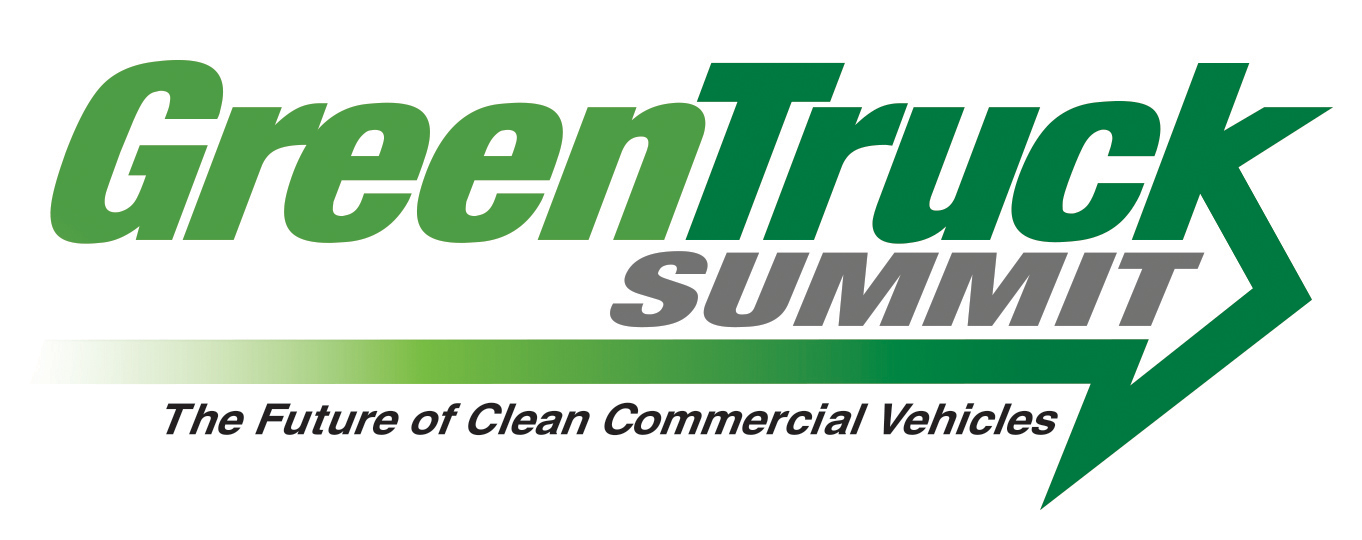 Industry professionals came to the 2019 Green Truck Summit to learn about clean energy trends and commercial vehicle initiatives. Held March 5 in conjunction with The Work Truck Show® 2019 and Fleet Technical Congress, the Summit covered successful transitions to alternative fuels, and smarter trucks and systems; industry perspective on electric truck deployment; turning commercial vehicles into work systems; electric infrastructure development; and private and public funding opportunities. Sponsored by Freightliner Trucks, this year’s event featured a keynote address and five general sessions.
Industry professionals came to the 2019 Green Truck Summit to learn about clean energy trends and commercial vehicle initiatives. Held March 5 in conjunction with The Work Truck Show® 2019 and Fleet Technical Congress, the Summit covered successful transitions to alternative fuels, and smarter trucks and systems; industry perspective on electric truck deployment; turning commercial vehicles into work systems; electric infrastructure development; and private and public funding opportunities. Sponsored by Freightliner Trucks, this year’s event featured a keynote address and five general sessions.
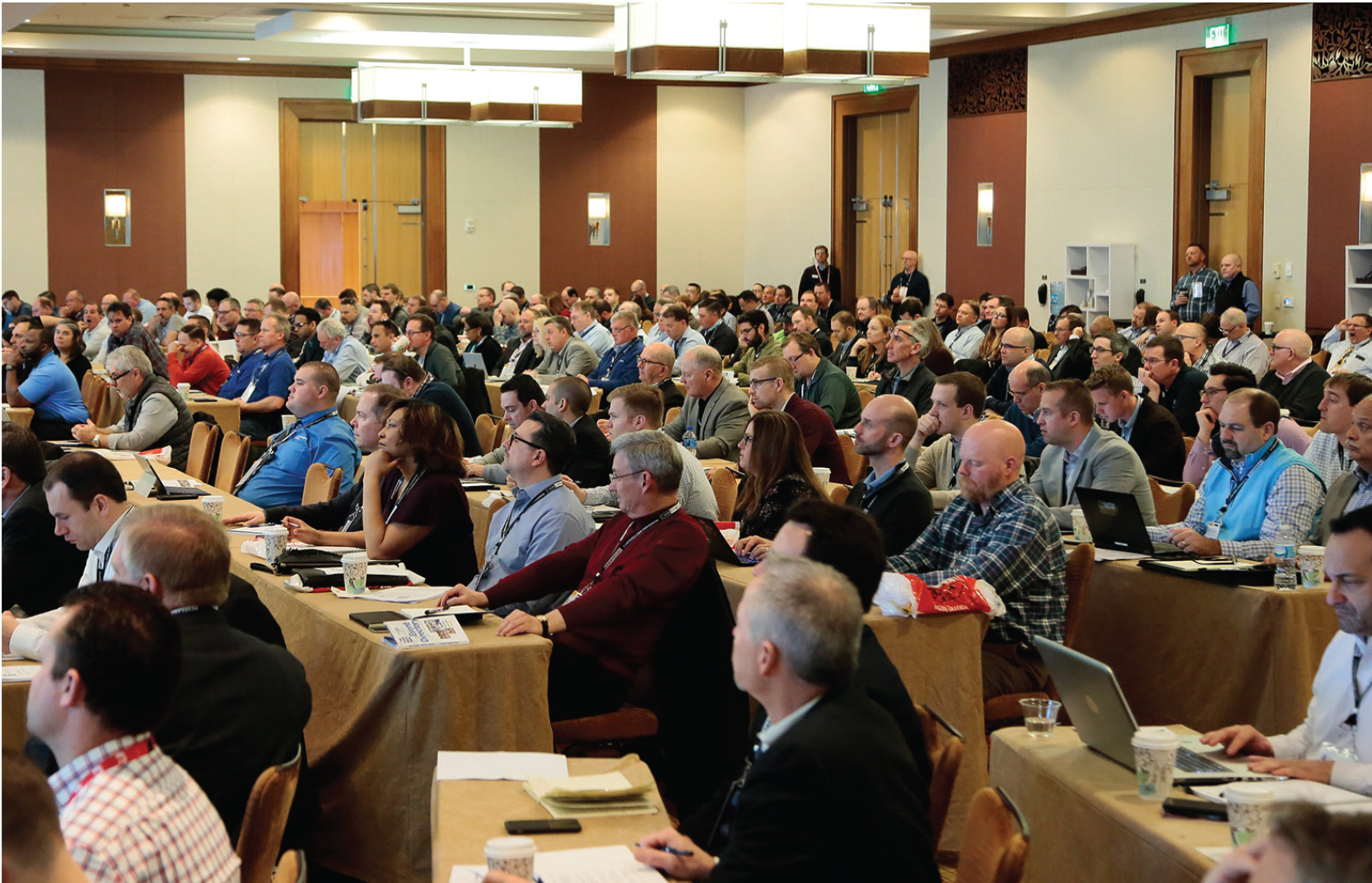
2019 Green Truck Summit.
Keynote address
Carlton Rose, president, global fleet maintenance and engineering for UPS, gave this year’s keynote address. He discussed the role of technology and tenacity in the transition to electric vehicles, emphasizing predictions can prove problematic as they rest on the assumption that the future is like the past. According to Rose, “We can’t predict the future, but we’d be crazy to not anticipate it.”

He shared three significant factors affecting the future — urbanization, the e-commerce boom and resulting damage to the environment. According to him, each presents serious obstacles and exciting opportunities.
Rose outlined the impacts of urbanization. Positive outcomes range from more employment options to upward mobility and access to better healthcare, while downsides include population crowding. Regarding urbanization and e-commerce dynamics, Rose remarked, “We have become accustomed to getting anything we want, when and where we want it.” He said urban freight delivery is projected to grow significantly by 2050.
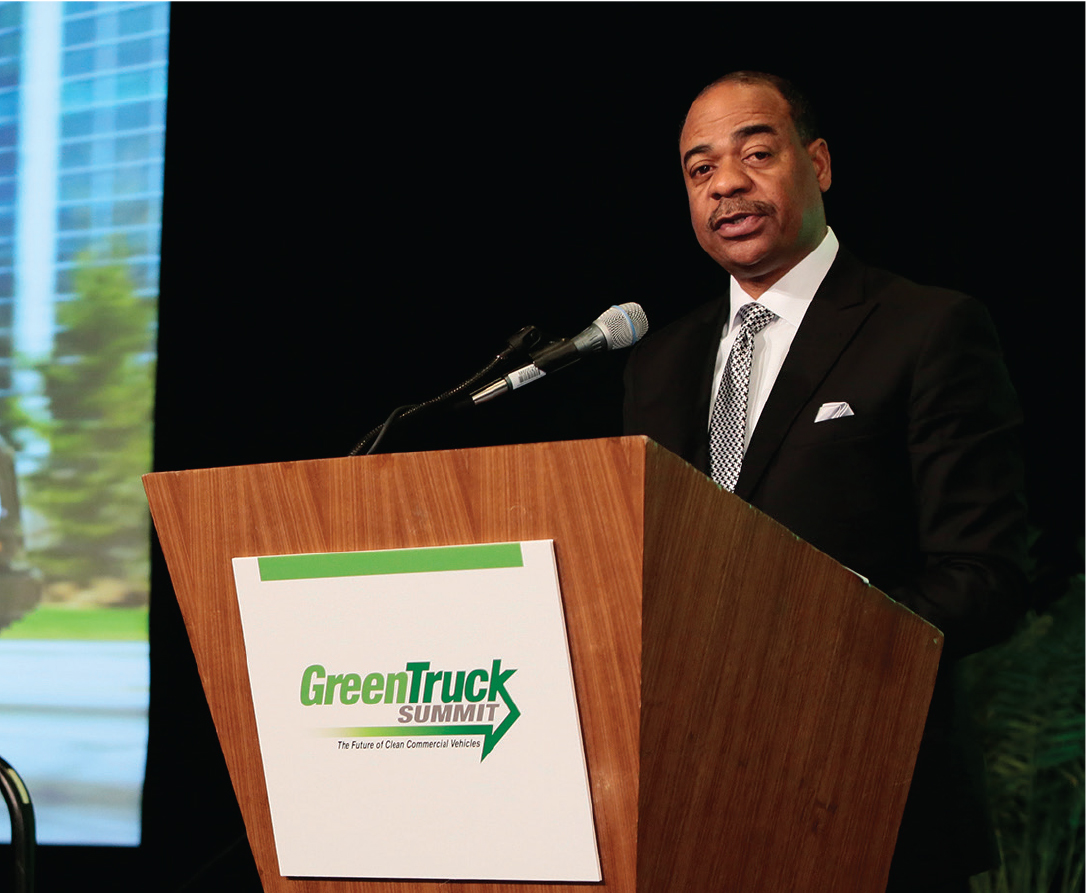
Carlton Rose, president, global fleet maintenance and engineering for UPS, gave the keynote address at the 2019 Green Truck Summit.
Everyone can work together to make a huge difference in creating cleaner cities and embracing sustainability, he said. Recent advancements in battery technology have opened up possibilities. Today, UPS has electric vehicles in play worldwide, and the company is collaborating with OEMs to add more to its fleet. Rose said, “Fleets want solutions that will work. If the technology doesn’t work, it doesn’t matter how much it costs or what subsidies are in place.” He clarified what works for UPS won’t work for all fleets, but we should try, when possible, to identify commonalities that enhance the process for all. Given today’s capabilities, he challenged OEMs to build vehicles so safe and efficient that fleet owners can’t do without them.
Rose mentioned a hurdle to electric energy expansion — charging infrastructure. He emphasized this point, saying, “Would you buy a car if you couldn’t find a gas station?” During his presentation, he outlined how charging issues will either enable or block progress. According to him, “Utilities should be playing offense; this is a golden opportunity for them to secure customers for the long haul.” Rose said a byproduct of electrification includes a positive impact to sustainability and the environment — adding electrification is more than a good option and could be transformational.
He indicated, as more OEMs provide electric vehicle options, technology will continue to improve. In his words, “Fleet adoption is mission-critical for significant, large-scale deployment.” While UPS doesn’t build trucks, thanks to its scale and experience, the company can influence tomorrow’s vehicle offerings.
Rose referenced the importance of safety systems, saying “What we want to see is safer vehicles across the industry.” He mentioned cost-effective technologies, like automated driver assistance systems, make the roads safer for everyone.
“In today’s rapidly-changing world, perfect is a moving target,” said Rose. He noted the importance of fully engaging in the process of developing effective solutions. It’s no surprise implementing new technologies can bring new problems, but he advised attendees to make informed, data-based decisions and keep moving forward, collaborating and testing new innovations. Given all the moving pieces in the transportation revolution, Rose encouraged the audience not to let perfect get in the way of good.
General sessions
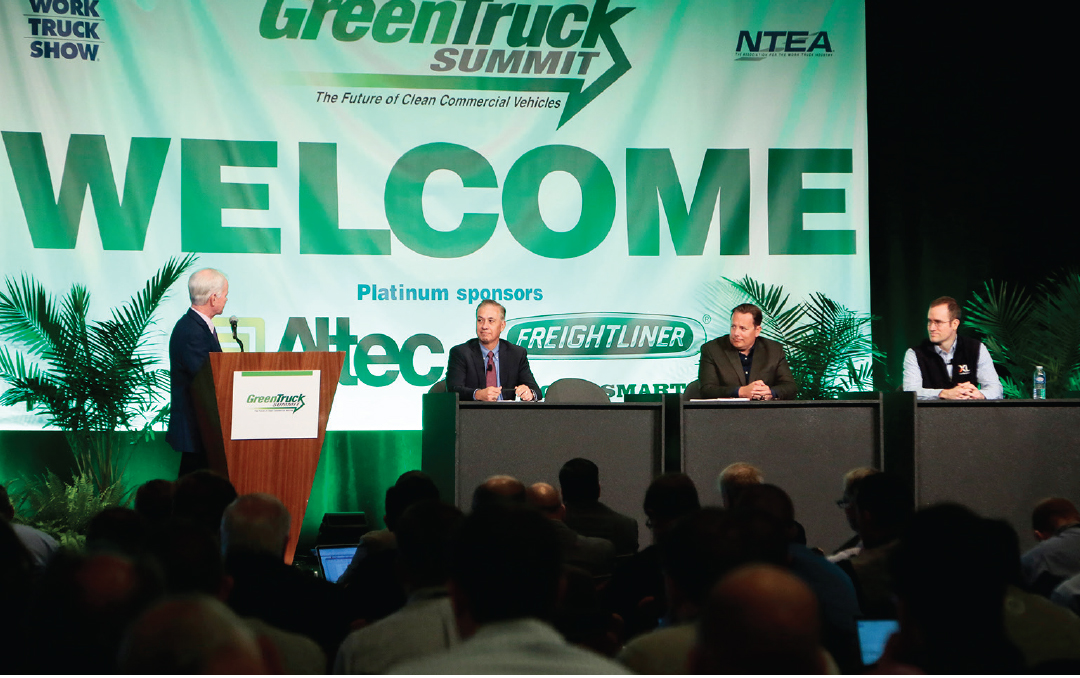
2019 Green Truck Summit session, Industry and Government in Flux: Evolving Supply, Technology and Government Positions.
Five general sessions followed the keynote address. Industry and Government in Flux: Evolving Supply, Technology and Government positions emphasized the fluctuating nature of support for advanced fuel and alternative powertrain development. Michael Berube, acting deputy assistant secretary, sustainable transportation, energy efficiency and renewable energy for U.S. Department of Energy; Tod Hynes, president & CEO of XL; and Gary Parker, director, electrified power engineering programs for Cummins, Inc., discussed new developments, impacts of changes and how current government positioning will affect the future.
During Truck Electrification: No Longer a Science Project, industry leaders outlined a roadmap to success with electric truck deployment. Attendees received strategic insights, real-world examples and thoughts on upcoming offerings. Jim Castelaz, founder & CEO of Motiv Power Systems; Bill Combs, director, connected fleet at Penske Truck Leasing; and Jasmin Kluge, project manager, alternative fuels for Mitsubishi Fuso Truck of America Inc., explained the importance of infrastructure drive and duty cycle matching and operations planning. In addition, they explored the benefits of driver experience and engagement from end-customer and electric truck manufacturer perspectives.
The next session, Electric Infrastructure Development, highlighted how truck and system electrification requires electric distribution and charging infrastructure. Presenters said this is becoming an increasingly important limitation to the widespread adoption of battery electric vehicles, hybrid electric vehicles (HEVs) and grid-dependent HEVs. Speakers included Jonathan Ells, director, fleet sustainability for NYC Fleet; Don Francis, executive director of Clean Cities Georgia; Mike Roeth, executive director of North American Council for Freight Efficiency; and Paul Stith, director, strategy & innovation, transformative technology at Black & Veatch.
During The Evolution of Work Trucks into Work Systems, experts covered the changes in truck intelligence, powertrain options and safety systems, and how they’re being integrated into total vehicle design. Tim Campbell, managing director of Vahana Automotive; Darren Gosbee, vice president, engineering at Navistar Inc.; and Tim Reeser, CEO of Lightning Systems, shared insights on new product developments, field deployment and how end users are looking to maximize truck productivity through vehicle connectivity, driver assistance and monitoring, multi-fuel options, and electrification.
The final Green Truck Summit general session — Shifting Landscape of Private and Public Funding, Including Incentive Opportunities — outlined the changing face of incentives and how government shifts are impacting new technology deployment in people and goods movement. Dan Gage, president of NGVAmerica; Stacy Noblet, principal of ICF; and Peter Ward, principal of Alternative Fuels Advocates LLC, detailed how government, fleet objectives and incentives are weaved together.
Mark your calendar
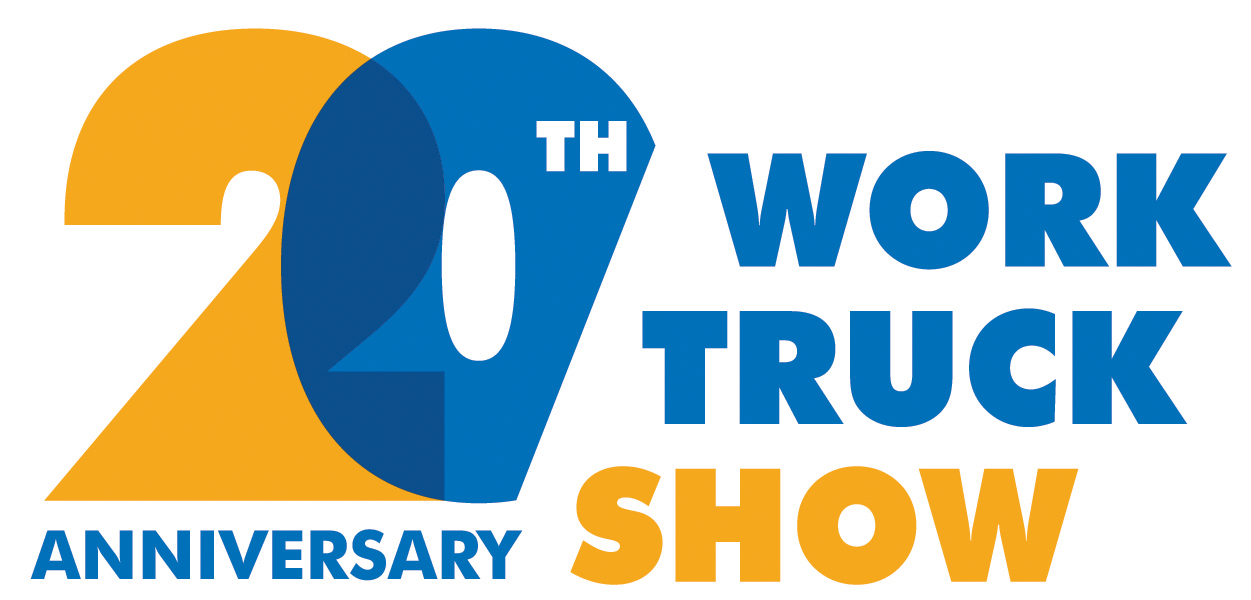 The Work Truck Show 2020 runs March 3–6 in Indianapolis, Indiana. Sessions begin March 3, and the exhibit hall is open March 4–6. Sign up to receive email updates about the event, including when registration opens in the fall, at worktruckshow.com/wts20signup.
The Work Truck Show 2020 runs March 3–6 in Indianapolis, Indiana. Sessions begin March 3, and the exhibit hall is open March 4–6. Sign up to receive email updates about the event, including when registration opens in the fall, at worktruckshow.com/wts20signup.